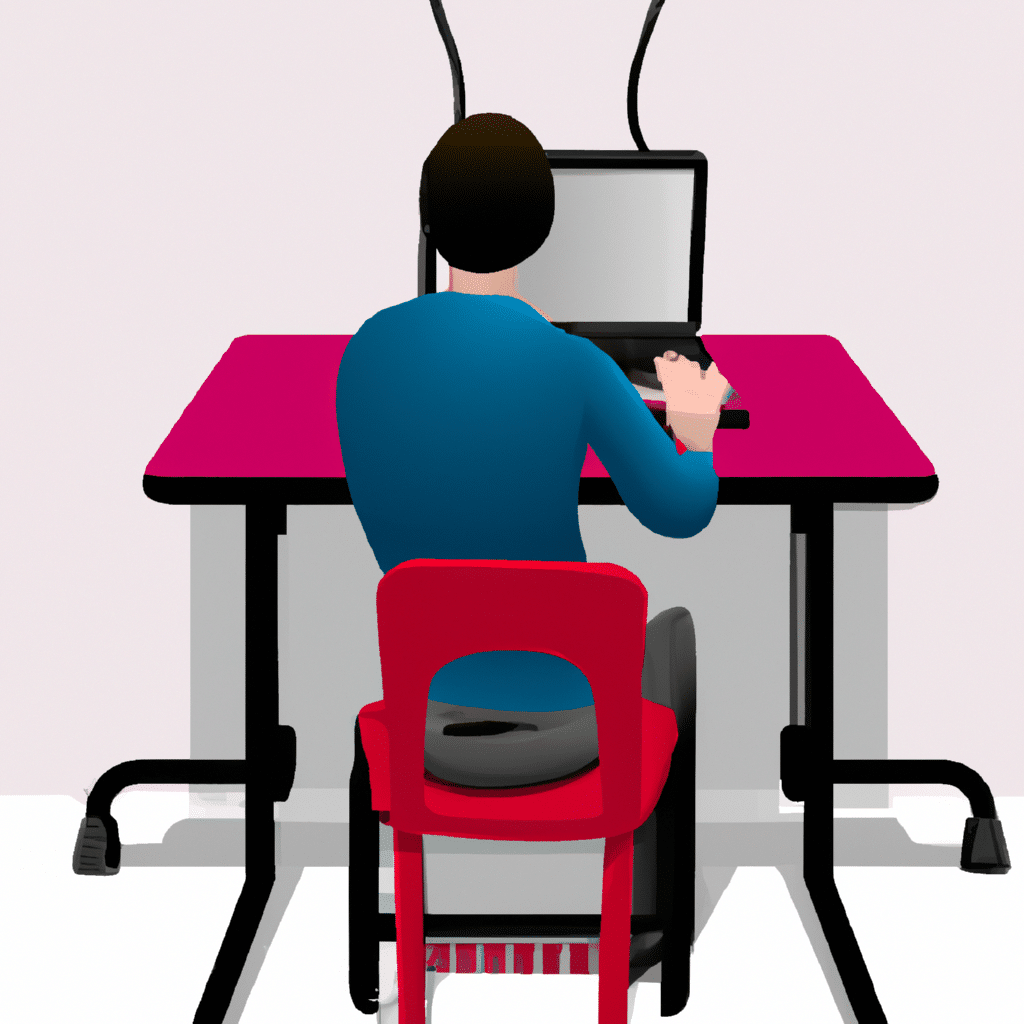How to Protect Your Computer from Physical Damage
As we increasingly rely on our computers for work, entertainment, and personal communication, it’s more important than ever to protect them from physical damage. A single accident can cause irreparable harm to your computer, leading to lost data, costly repairs, or even the need to replace the entire machine.

In this article, we’ll explore some practical steps you can take to safeguard your computer from physical damage. We’ll cover everything from basic precautions to advanced strategies, so you can choose the level of protection that’s right for you.
Basic Precautions
Let’s start with some simple but effective ways to prevent physical damage to your computer.
Use a Protective Case or Sleeve
One of the easiest ways to protect your laptop from bumps, scratches, and other damage is to use a protective case or sleeve. These are usually made of neoprene or other soft materials that absorb shock and prevent scratches. They also provide an extra layer of insulation to protect your computer from temperature changes.
When choosing a case or sleeve, look for one that fits your laptop snugly and has enough padding to provide adequate protection. Avoid cheap or flimsy cases that won’t hold up over time.
Keep Your Computer Clean
Dirt, dust, and other debris can accumulate on your computer over time, causing it to overheat or malfunction. To prevent this, clean your computer regularly with a soft, dry cloth and a can of compressed air. This will remove any dust or debris that may have accumulated in the vents or on the keyboard.
Avoid using harsh chemicals or abrasive materials, as these can scratch or damage your computer. Instead, use a mild cleaning solution and a soft cloth to wipe down the screen and other surfaces.
Use a Surge Protector
Power surges can damage your computer’s internal components, causing it to malfunction or even fail completely. To prevent this, use a surge protector to regulate the voltage of your computer’s power supply. This will protect your computer from sudden spikes in voltage and keep it running smoothly.
When choosing a surge protector, look for one with a high joule rating and enough outlets to accommodate all of your devices. Avoid cheap or poorly made surge protectors that may not provide adequate protection.
Advanced Strategies
If you’re looking for even more protection for your computer, here are some advanced strategies to consider.
Invest in a Hard Case
For ultimate protection, consider investing in a hard case for your laptop. These cases are made of tough, durable materials like polycarbonate or aluminum, and provide superior protection against drops, impacts, and other hazards.
When choosing a hard case, look for one that’s specifically designed for your laptop model and has a snug, secure fit. You’ll also want to make sure it has plenty of padding and reinforced corners to absorb shock.
Use a Cooling Pad
Overheating can cause serious damage to your computer’s internal components, so it’s important to keep it cool. One way to do this is by using a cooling pad, which is a device that sits underneath your laptop and circulates air to prevent overheating.
When choosing a cooling pad, look for one with a high CFM (cubic feet per minute) rating and enough fans to keep your laptop cool. You may also want to consider a pad with adjustable height and tilt, so you can find the most comfortable position for typing.
Secure Your Workspace
Finally, it’s important to secure your workspace to prevent accidents and damage to your computer. This means keeping your desk clear of clutter, using a stable chair, and avoiding eating or drinking near your computer.
You may also want to consider installing a security system to protect your computer from theft or vandalism. This can include a webcam, motion sensors, and other devices that detect and deter intruders.
Conclusion
Protecting your computer from physical damage is essential for keeping it running smoothly and preventing costly repairs or replacements. By following the tips and strategies outlined in this article, you can safeguard your computer from bumps, scratches, power surges, and other hazards.
Remember to use a protective case or sleeve, keep your computer clean, use a surge protector, invest in a hard case, use a cooling pad, and secure your workspace. With these precautions in place, you can enjoy your computer with peace of mind, knowing that it’s well protected from physical damage.












